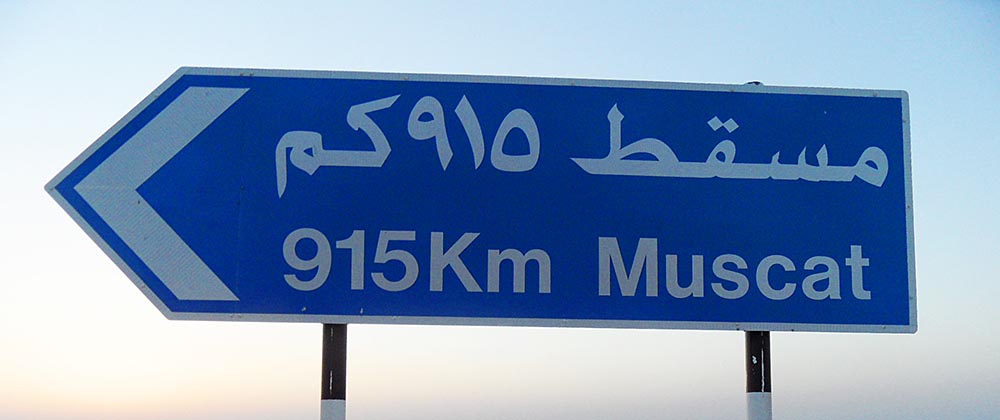 Now it’s getting serious: But before I get started with Arabic, I have to think about what materials I need. Not all of them at the same time – and none from the library either: With the meagre yield of Arabic books sharing a corner with Chinese, there is no danger of information overflow.
Now it’s getting serious: But before I get started with Arabic, I have to think about what materials I need. Not all of them at the same time – and none from the library either: With the meagre yield of Arabic books sharing a corner with Chinese, there is no danger of information overflow.
In order to get closer to my goal quickly, I will work with Langenscheidt’s „Arabic with System“. The cover already says where I want to go: „Leads to B1″. Already in lesson 1 the text is presented in different dialects – thus not only in Standard Arabic, which is taught at school schools in all Arab countries, but also in the Egyptian and Syrian dialect.
And already the first question pops up: In which dialect do I want to specialize? As a foreigner one should always learn Standard Arabic first, which all Arabs understand. But when the answer comes from a Moroccan, Iraqi, Omani or Egyptian in the respective dialect, the Arabic beginner has usually already lost. Vocabulary, sentence structure and pronunciation often differ significantly from Standard Arabic.
Anyway, most teachers recommend to start with Standard Arabic and to learn the respective dialect on the basis of Standard Arabic, which is then not so difficult anymore. So for me this means: I will ignore the dialects in Langenscheidt for now and follow through with Standard Arabic. Meanwhile I can decide in peace and quiet which dialect I should learn later. As far as the dialects in Langenscheidt are concerned, I think the book is mainly aimed at foreigners who already live in Egypt, for example, and want to understand the people on the street as soon as possible.
Now that all this has been clarified, it is finally time to get into practice and start learning Arabic. First of all I repeat the letters.